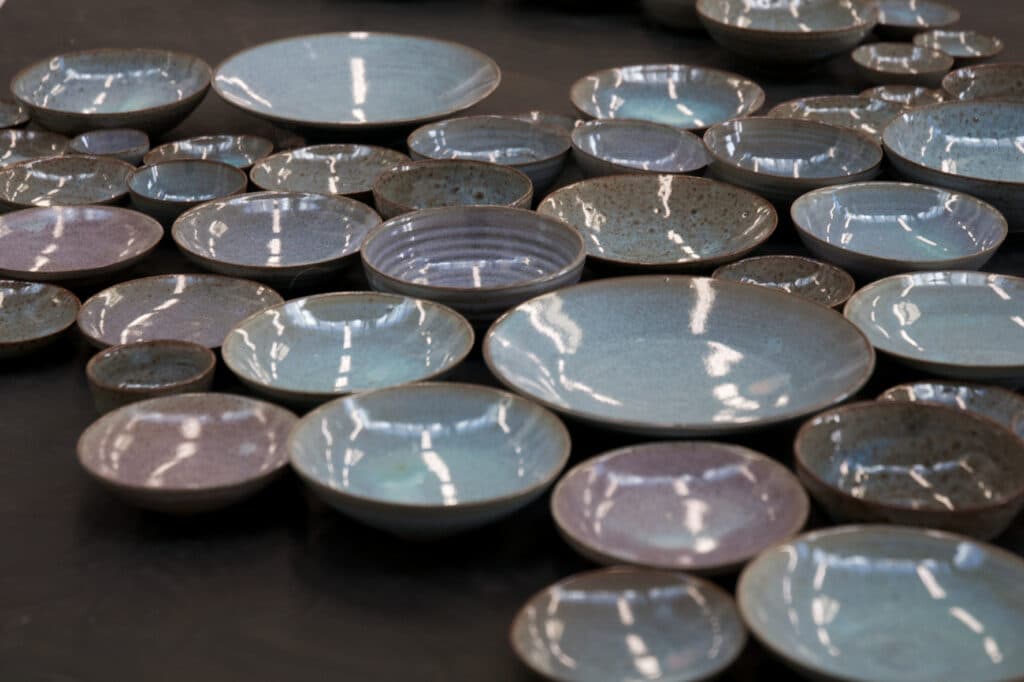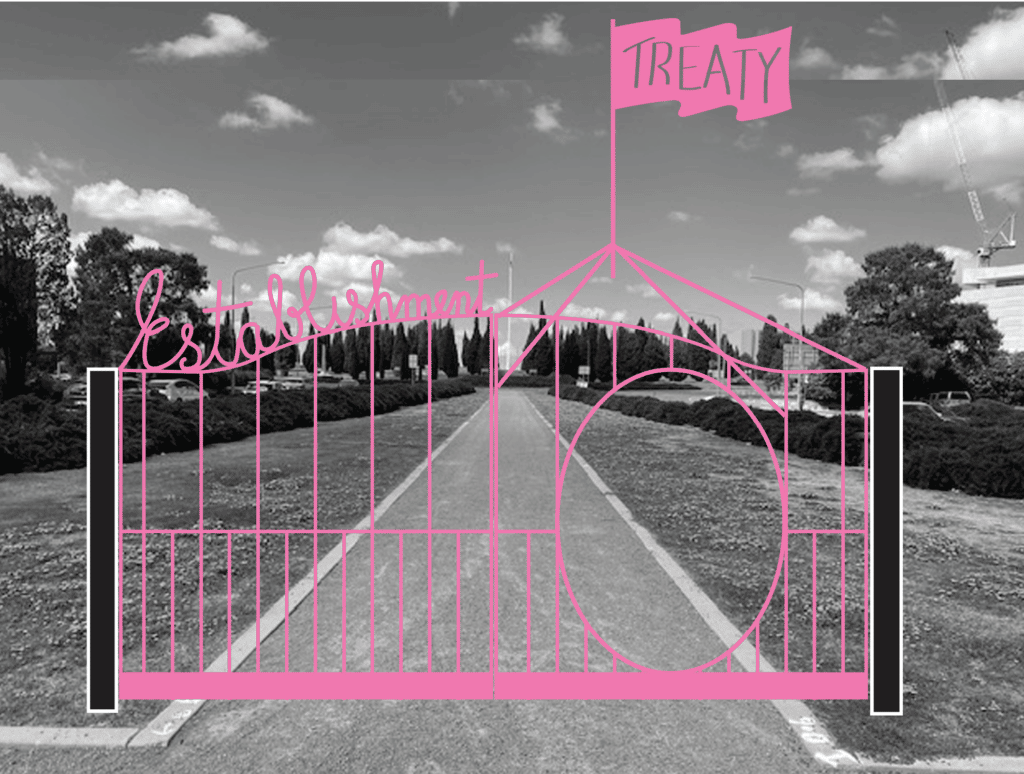The Canberra Art Biennial is opening soon, so we spoke to its Director Neil Hobbs about what’s to come at the event on which is on from 1 to 29 October.
Re-branded this year, formerly known as Contour556, the festival is expanding its locations to include the National Arboretum and the University of Canberra, while maintaining a presence in North and South Canberra. You can check out the full program here.
In 2022 the artists of the Canberra Art Biennial will be responding to ‘the designed city of Canberra: represented by Australia’s political, cultural and physical history. The event engages people of all ages and abilities, delighting, puzzling and encouraging interaction with art and public space.’

Why have you transformed from Counter556 to be the Canberra Art Biennial?
Feedback from the public has overwhelmingly expressed a desire to see a larger event and larger footprint. The Arboretum has always been a goal as an extension, University of Canberra has always been engaged: they purchased Karla Dickens ‘Second Skin’ from the 2018 event to enter the UC collection.
What does it mean for Canberra to have a Biennial, now and in the future?
We see it meeting a need for Canberra and Canberra artists, but we need more secure funding to continue. It is hard to develop something from nothing and maintain it.

How did you curate the entries?
It’s how the artists reposed to the landscape of Canberra. In the totality of the history, social change, and of course politics – but also about responding to the site – see Nathan Nhan and his works in the Bonsai and Penjing Collection at the National Arboretum for example.

Which artist, and how did they respond to the brief most literally (refer to the Griffin plan for example) and who took it to a surprising or unexpected place for you?
The literal depiction of the Griffin Plan is really James Powditch’s painting for the 2009 Wynne Prize, Made in Australia, Lake Burley Griffin, which he posted randomly on Instagram, and then I contacted him to see if we could include it. It is hung at the Canberra Region Visitor Centre.
What are 5 ‘must see’ works for viewers to encounter?
There are 61 artists/collectives and 72 artists in total across the three contour domains. It’s very hard to pick anything, but:
Elvis Richardson, Northbourne and London Circuit
Nabilah Nordin, Hassett Park Campbell
Brett Stone, Manning Clark House
Adam Norton, Commonwealth Place
Sammy Hawker, Wendouree Drive under Parkes Way


Describe the peaks and pits of organising an event such as this.
Pits: Bureaucracy. Levels of Government
Peaks: What the artists do.
Do you think artists have a good opportunity to thrive in Canberra? Sometimes it might be seen as a small pond but artists do seem to return.
After three events and about to have the fourth iteration, we do see a lot of value for locally based artists. They show their work in the public realm for a 4-week period. They expose themselves to a national audience. Over 30 years in Canberra more artists can find a way to stay (or return) to Canberra.
Sydney and Melbourne can eat artists.